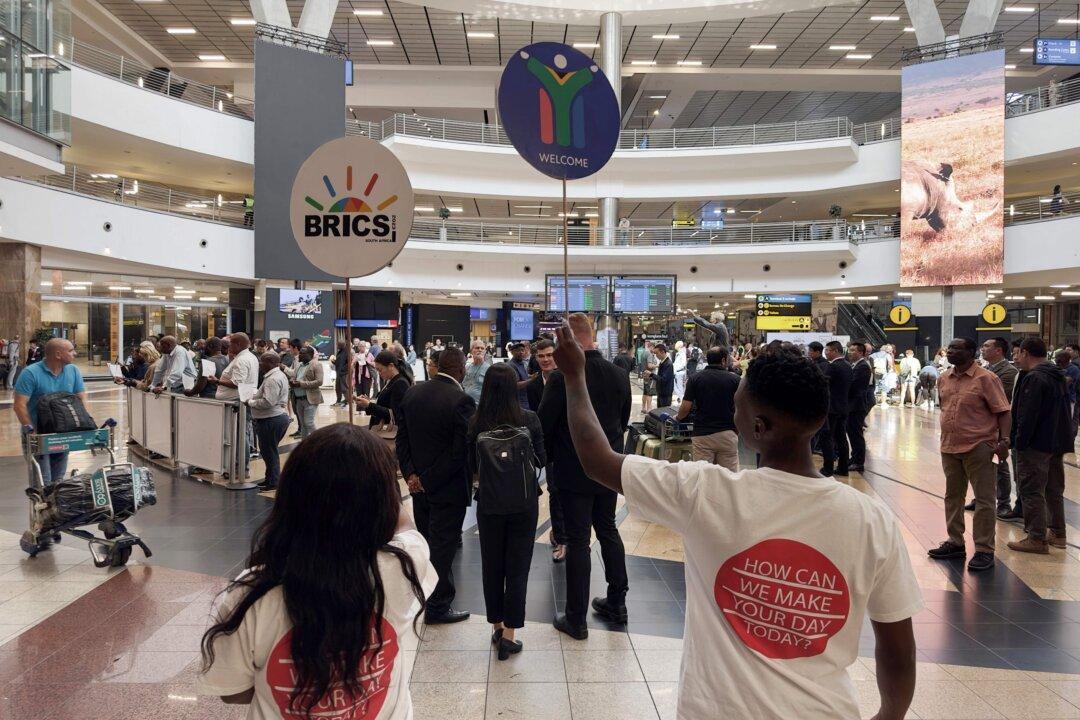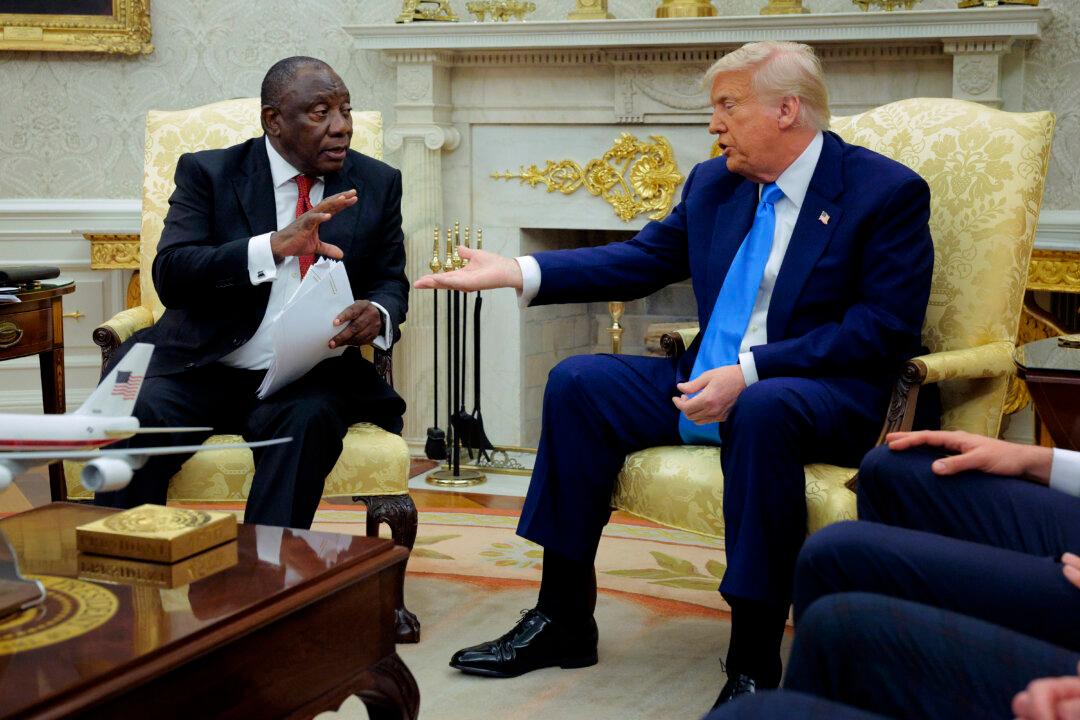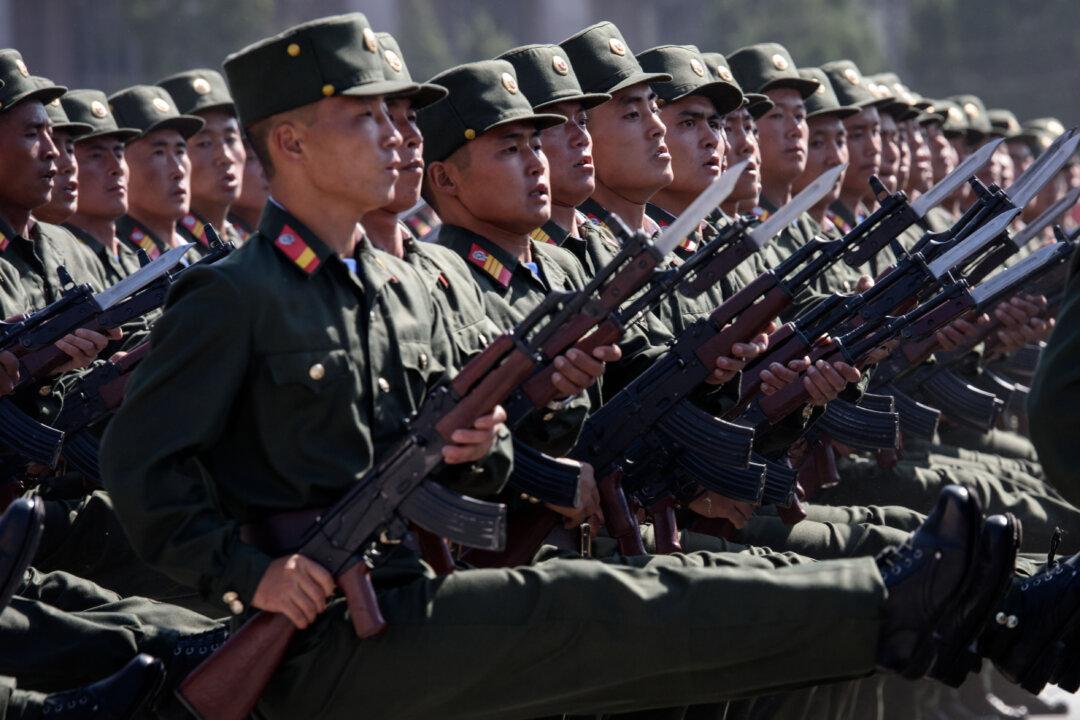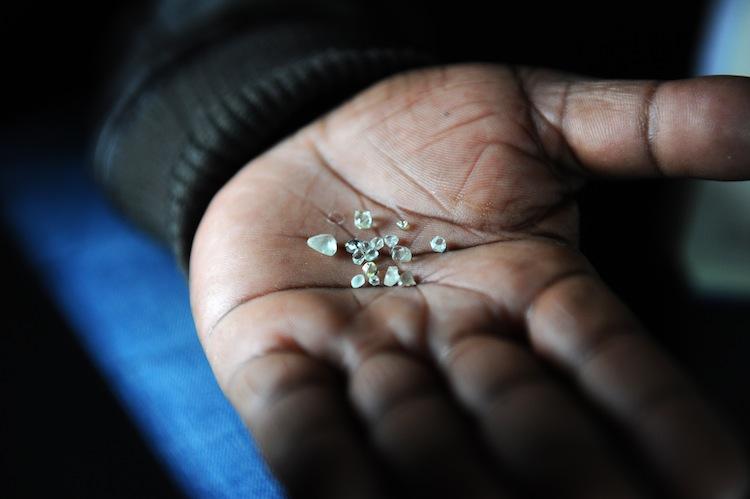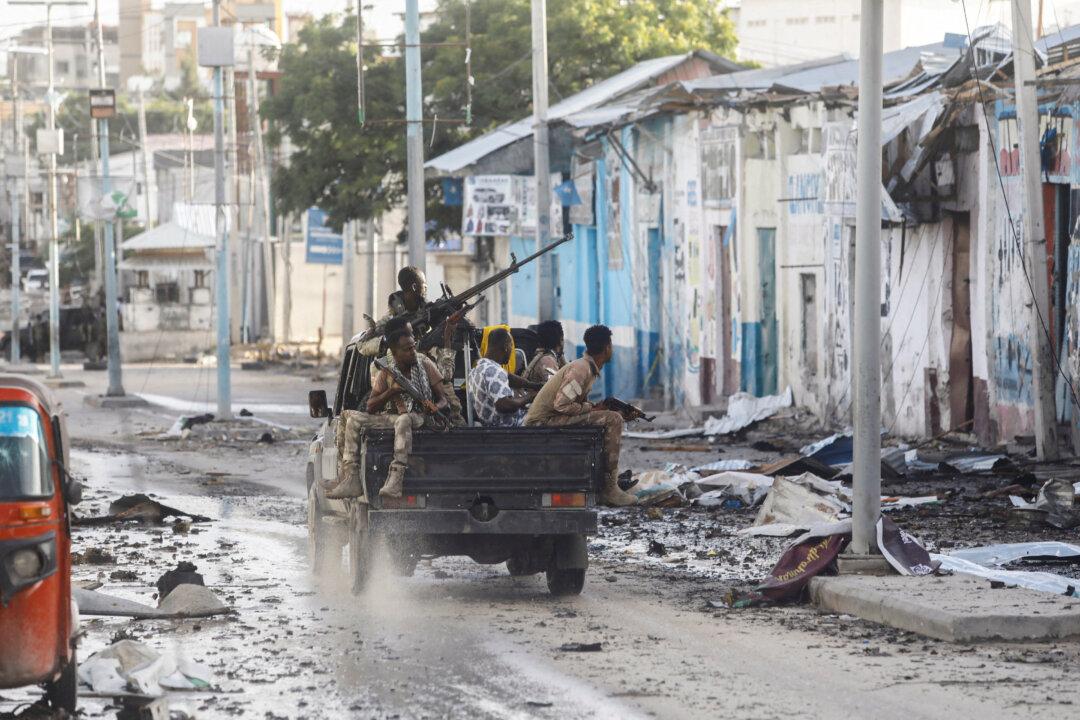JOHANNESBURG—China, Russia, and South Africa have won a battle to expand the BRICS bloc of emerging market economies, but their plan to establish a gold-backed currency to rival the United States dollar has stalled.
Current BRICS members are Brazil, Russia, India, China and South Africa, and they held their 15th annual summit in Johannesburg from Aug. 22–Aug. 24.
